| ICAC KOBE 2015 is now accepting applications for the oral presentations. There are four sessions and the organization in charge of each theme will select the presenter.
In line with the conference theme “Brighter Futures for People and Fellow Animals “, any research topic contributing to this theme is valid regardless of specialty area. The Organizers aim to share and exchange information from a wide range of fields including veterinary medicine, zoonosis, disaster management, human-animal relations, sustainable ecology, food safety, education, etc.
|
|
|
1)“Food Safety / Zoonosis”
Date: Sunday, July 19 14:30~17:30
Room: Seminar Room
Session Management: Japan Veterinary Medical Association
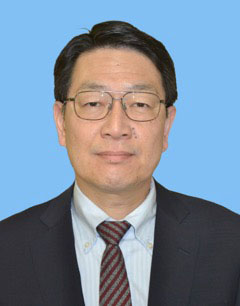 Chair: Hiroyuki NAKAYAMA, DVM, PhD (Chairperson, Japan Veterinary Medical Association / Professor, Department of Veterinary Pathology, Graduate School of Agricultural and Life Sciences, The University of Tokyo) Chair: Hiroyuki NAKAYAMA, DVM, PhD (Chairperson, Japan Veterinary Medical Association / Professor, Department of Veterinary Pathology, Graduate School of Agricultural and Life Sciences, The University of Tokyo)
|
|
|
|
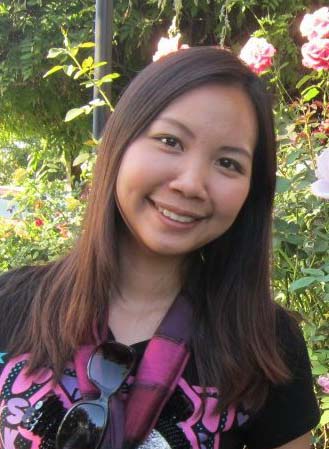 ・Saharuetai Jeamsripong1/Patricia D. Millner2/Manan Sharma2/Edward R. Atwill1/Michele Jay-Russell1 ・Saharuetai Jeamsripong1/Patricia D. Millner2/Manan Sharma2/Edward R. Atwill1/Michele Jay-Russell1
1 Western Center for Food Safety, University of California, Davis, Davis, CA/2 Environmental Microbial and Food Safety Laboratory, U. S. Department of Agriculture, Agricultural Research Service, Beltsville, MD
“Field-Validation of Minimum Application Intervals for Use of Raw Animal Manure as a Soil Amendment in the Central Valley, California”
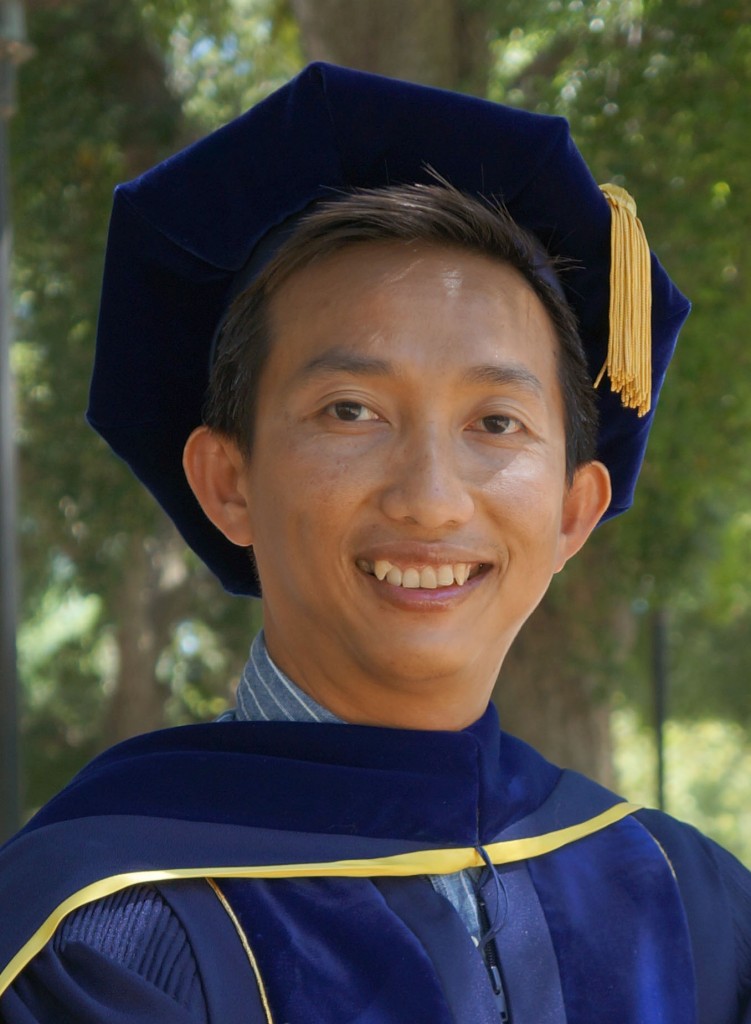 ・Anyarat Thiptara1,2/Philip H. Kass1/Kenneth W. Tate3/Edward R. Atwill1 ・Anyarat Thiptara1,2/Philip H. Kass1/Kenneth W. Tate3/Edward R. Atwill1
1 Department of Population Health and Reproduction, School of Veterinary Medicine, University of California, Davis, CA, USA./2 Epidemiology Section, Veterinary Research and Development Center (Southern Region), Thung Song, Nakhon Si Thammarat, Thailand./3 Department of Plant Sciences, College of Agricultural and Environmental Sciences, University of California, Davis, CA, USA.
“Linkages between Pathogens and Cattle Fecal Loads and Microbial Water Quality in Aquatic Ecosystem in Sierra Nevada Meadows of California”
・Priyakamon Khan1,5,6/Naila Al Mahmuda2,5,6/Md. Golam Abbas3,5,6/Manirul Islam Khan5,6
1 Eastern Asia University, Thailand/2 School of Medicine, Kanazawa University, Kanazawa, Japan/3 Department of Molecular Neuroscience and Integrative Physiology, Kanazawa University, Kanazawa, Japan/4 Infectious Diseases Hospital, Dhaka, Bangladesh/5 SIAM Health Care, Thailand-Bangladesh,6SIAM Health Foundation, Thailand-Bangladesh
“Risk of Rabies Exposure among the Foreign Backpackers and its impact on Tourism Industry in Thailand”
|
|
|
2)“One Plan Approach ~Integrated Way to Live in Coexistence with Wild Animals”
Date: Sunday, July 19 14:30~17:30
Room: Lounge
Session Management: Japanese Society of Zoo and Wildlife Medicine
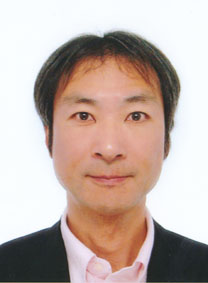 Chair: Kazutoshi TAKAMI (Senior Curator, Osaka Municipal Tennoji Zoological Gardens/Vice president, Japanese Society of Zoo and Wildlife Medicine/Head of global conservation affairs division, Japanese Association of Zoos and Aquariums) Chair: Kazutoshi TAKAMI (Senior Curator, Osaka Municipal Tennoji Zoological Gardens/Vice president, Japanese Society of Zoo and Wildlife Medicine/Head of global conservation affairs division, Japanese Association of Zoos and Aquariums)
Purpose: The number of animal species requiring active conservation actions is increasing in many parts of the world. In order to coexist with a variety of species and sustain them into the future, there are a lot of issues to be solved.
In this session, we will have some presentations on the specific examples of in-situ and ex-situ conservation efforts influenced by the relationship among humans, wild animals and their habitats. Through a discussion, we would like to gain an understanding of the actual situation, share the awareness of the problems, and try to find clues to resolving the issues.
<Chairperson’s Message>
The number of wildlife species is decreasing due to various causes such as habitat loss, excess consumption, invasion by alien species and global warming. And many of these causes are induced by human activities. In the circumstances the idea of One Plan Approach is recommended. One Plan Approach is the integrated and multifaceted conservation strategy for all populations of endangered species including both inside and outside their natural range, with all responsible parties.
Conservation efforts even for a single endangered species can cause multiple complex problems to solve. Responsible parties have been making their own individual efforts from their respective positions, for example setting up the land-use regulations in habitats, introducing the consumption controls, and tackling with the artificial population growth. But patchwork of individualized approaches could not fix, therefore a One Plan Ap
proach was developed.
To proceed with the conservation efforts for endangered species, all responsible parties such as researchers in the field of target species and their habitat environments, government officials, NPO staff, experts of captive managements, local residents and workers, should clarify their position and condition of involvement, and their interests. On that basis, they need to have a common understanding of issues and objectives, and need to share information. It is not easy to advance the comprehensive approaches, therefore it is required to invest resources such as time, energy and money under appropriate leadership.
Since human beings are part of the natural ecological system, rapid decrease of biological diversity can make a large impact on human society. It can take a lot to recover the vanishing species, but it is important to examine and share the idea of what is possible and what is required.
|
|
|
|
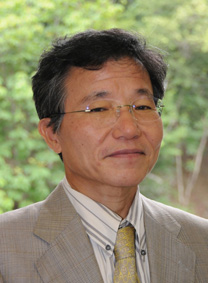 ・Yasuo Ezaki (Professor/Dean, Graduate Schoool of Regional Resource Management, University of Hyogo) ・Yasuo Ezaki (Professor/Dean, Graduate Schoool of Regional Resource Management, University of Hyogo)
“Reintroduction of the Oriental White Stork, an example of harmonious coexistence between humans and nature in Japan”
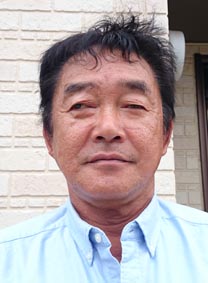 ・Tetsuya Sato (Director of Nasu Animal Kingdom/Vice Chairman of Conservation Committee, Japanese Association of Zoos and Aquariums) ・Tetsuya Sato (Director of Nasu Animal Kingdom/Vice Chairman of Conservation Committee, Japanese Association of Zoos and Aquariums)
“Ex-situ conservation of Tsushima leopard cat”
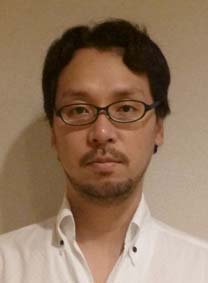 ・Kei Fujii (Project Tokkari) ・Kei Fujii (Project Tokkari)
“Do you know? Issues between Kuril harbor seals and fisheries”
|
|
|
3)“Education / Human-animal Relations”
Date: Monday, July 20 10:00~13:00
Room: Seminar Room
Session Management: Executive Committee
Chair: Masahiro AMAGASE (Nara Women’s University, Associate professor of psychology)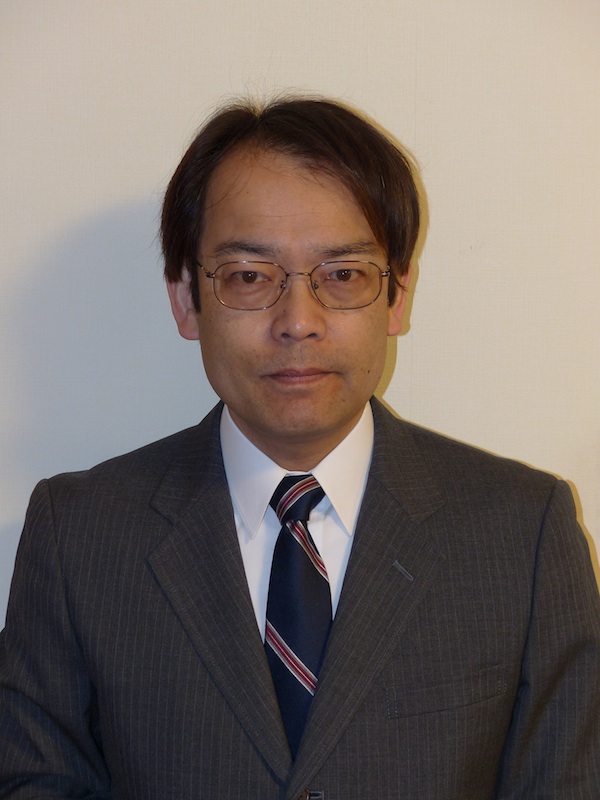
Purpose: It is variously significant that children study animals. It aims at protecting themselves, at being aware of killing other animals for them to live, at forming better partnership with animals, at being responsible for animal welfare, at preserving the ecosystem, at realizing inclusive society, and etc. But it is not easy that children properly learn about animals. In this session, we will present various education programs and discuss their possibilities together.
<Chairperson’s Message>
In the present human activities have been global, our coexistence among different cultures and harmony with nature are urgently needed. Armed struggles and destruction of the natural environment endanger the sustainability of human society. Only the symbiosis actualizes resiliency from destruction and sustainability toward the future.
For our coexistence and harmony, we must study the way other parties live and learn to behave responsibly one another. The mere contact without such learning would result in discrimination, prejudice, and intolerance. Learners must properly be educated to have a true appreciation of others.
The education must be to lead learners to behave responsibly in the real world, not to cram for paper tests. Modern school education, however, confines learners (i.e., children) in their classroom, and separates their learning from their behaving. Children need to learn through activities in the reality, being led by the proper education.
|
|
|
|
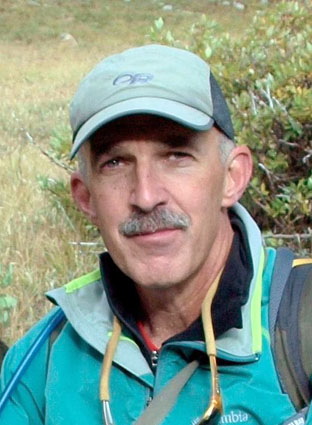 ・Philip Tedeschi1/Miyako Kinoshita2 ・Philip Tedeschi1/Miyako Kinoshita2
1 Denver University, Founder and Exective Director of Institute for Human-Animal Connection and Graduate School of Social Work/2 Education Program Manager, Green Chimneys Farm and wildlife Center Sam and Myra Ross Institute at Green Chimneys
“Growing Together: Children, Animals and Sowing the Seeds of Resiliency”
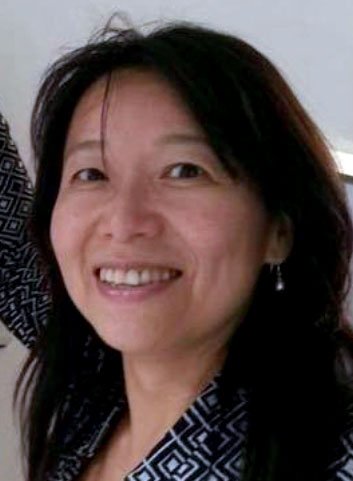 ・Pei F. Su(Founder & Executive Director of ACTAsia) ・Pei F. Su(Founder & Executive Director of ACTAsia)
“Managing Conflict through the process of Humane Education in Schools”
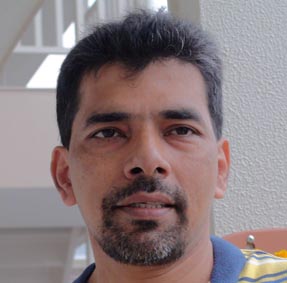 ・Md. Golam Abbas1,3/Naila Al Mahmuda2/Pranab Kumar Roy4/Priyakamon Khan5/Be-Nazir Ahmed6 ・Md. Golam Abbas1,3/Naila Al Mahmuda2/Pranab Kumar Roy4/Priyakamon Khan5/Be-Nazir Ahmed6
1 Department of Molecular Neuroscience and Integrative Physiology, Kanazawa University, Kanazawa, Japan/2 School of Medicine, Kanazawa University, Kanazawa, Japan/3 Infectious Diseases Hospital, Dhaka, Bangladesh/4 Upazilla Health Complex, Alfadanga, Faridpur, Bangladersh/5 Eastern Asia University, Thailand/6 Communicable Disease Control (CDC), DGHS, MoHFW, Bangladesh
“Significance of rabies education program among the elementary school children of Bangladesh”
 ・Naila Al Mahmuda1/Rana-Al-Mosharrafa2/Pranab Kumar Roy3/Md. Golam Abbas1,4/Priyakamon Khan5/Md. Sayeed Salam6 ・Naila Al Mahmuda1/Rana-Al-Mosharrafa2/Pranab Kumar Roy3/Md. Golam Abbas1,4/Priyakamon Khan5/Md. Sayeed Salam6
1 School of Medicine, Kanazawa University, Kanazawa, Japan/2 Department of Business Administration, Prime University, Dhaka, Bangladesh/3 Upazilla Health Complex, Alfadanga, Faridpur, Bangladersh/4 Infectious Diseases Hospital, Dhaka, Bangladesh/5 Eastern Asia University, Thailand/6 BRAC University, Dhaka, Bangladesh
“Impact of stray dogs on Bangladesh economy”
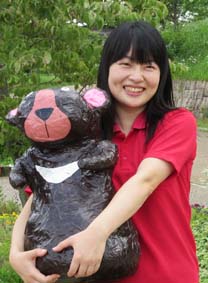 ・Akiko Omori1/Kano Matsumura1/Norifumi Tatsumi1/Kohei Sakaguchi1/Kana Kumagawa1/Hiroyuki Tanino2/Yoko Kanai3/Keiko Fujii4/Ayumi Tanuma5 ・Akiko Omori1/Kano Matsumura1/Norifumi Tatsumi1/Kohei Sakaguchi1/Kana Kumagawa1/Hiroyuki Tanino2/Yoko Kanai3/Keiko Fujii4/Ayumi Tanuma5
1 Nara Prefecture Uda Animal Park Promotion Office/2 Ikoma City Ikoma Elementary School/3 Nara Prefecture Yoshino Health Center/4 Nara Prefecture Koriyama Health Center/5 PIIA Knots Educational Department
“Nara Prefecture ‘Inochi Life Education Project’at Uda Animal Park
Assessment of the Elementary School Program”
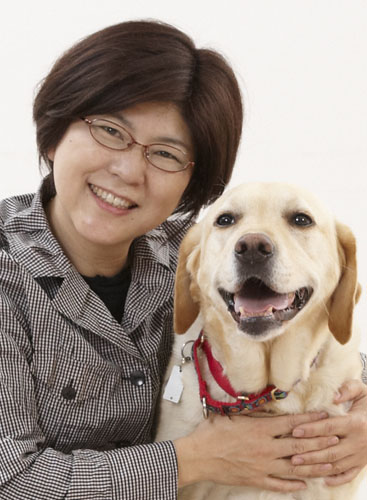 ・Keiko Nakatsuka (Human Science and Environment Doctor, Coexistence Environment Laboratory of Humam and Pet) ・Keiko Nakatsuka (Human Science and Environment Doctor, Coexistence Environment Laboratory of Humam and Pet)
“The six Legend of dogs touching the Japanese heartstrings”
|
|
|
4)“Other”
Date: Monday, July 20 14:00~17:00
Room: Seminar Room
Session Management: Executive Committee
 Chair: Kazumi SASAI (Osaka Prefecture University, School of Veterinary Science, Director for Academic Affairs, Professor / Osaka University, Graduate school of Engineering Invited Professor / Auditor secretary, Osaka Veterinary Medical Association) Chair: Kazumi SASAI (Osaka Prefecture University, School of Veterinary Science, Director for Academic Affairs, Professor / Osaka University, Graduate school of Engineering Invited Professor / Auditor secretary, Osaka Veterinary Medical Association)
|
|
|
|
 ・Takashi Koseki (Asian Regional Ambassador) ・Takashi Koseki (Asian Regional Ambassador)
WSAVA activities: “Global Pain Guideline” & “One Health”
 ・Keiko Nakatsuka (Human Science and Environment Doctor, Coexistence Environment Laboratory of Humam and Pet)/Akemi Makita (Pet Massage Instructor) /Naomi Ohata (JAHA Authorization Home Dog Training Instructor)/Miki Ishida (Coexistence Environment Laboratory of Humam and Pet)/Miho Yoshida (Coexistence Environment Laboratory of Humam and Pet)/Mari Yuki (Veterinarian) ・Keiko Nakatsuka (Human Science and Environment Doctor, Coexistence Environment Laboratory of Humam and Pet)/Akemi Makita (Pet Massage Instructor) /Naomi Ohata (JAHA Authorization Home Dog Training Instructor)/Miki Ishida (Coexistence Environment Laboratory of Humam and Pet)/Miho Yoshida (Coexistence Environment Laboratory of Humam and Pet)/Mari Yuki (Veterinarian)
“Japanese people way how to live with their dogs”
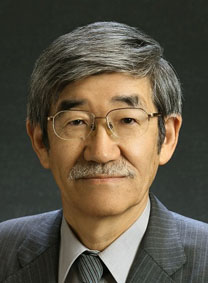 ・Shusuke Sato (Professor, Teikyo University of Science; Society for Animal Refugee & Environment post Nuclear Disaster (AEN)/Research Team for Special Mission in Fukushima, Japanese Society for Applied Animal Behaviour (JSAAB)) ・Shusuke Sato (Professor, Teikyo University of Science; Society for Animal Refugee & Environment post Nuclear Disaster (AEN)/Research Team for Special Mission in Fukushima, Japanese Society for Applied Animal Behaviour (JSAAB))
“Study proposal for reconstruction of animal production system through utilization of refuged cows in the off-limit area of Fukushima”
|


















